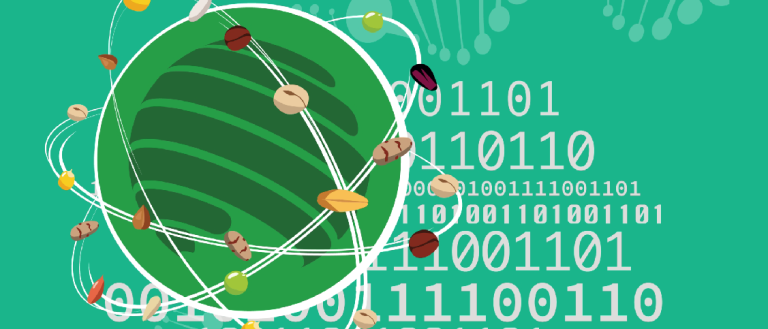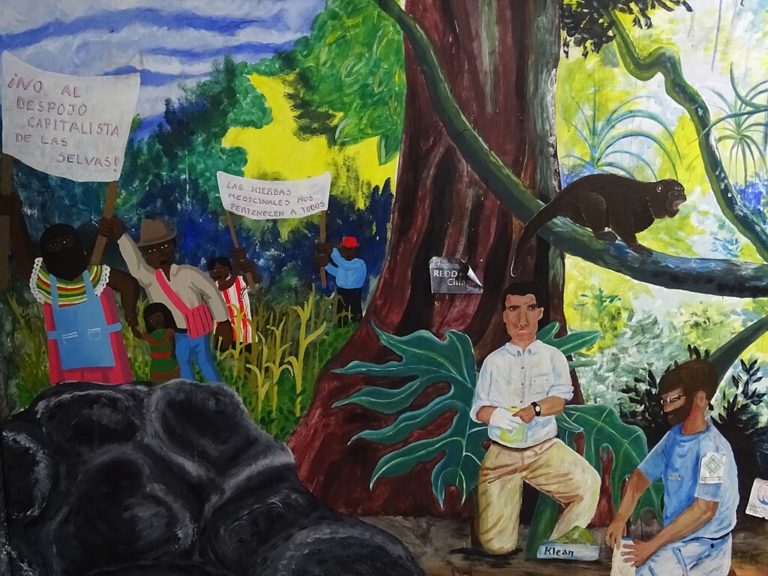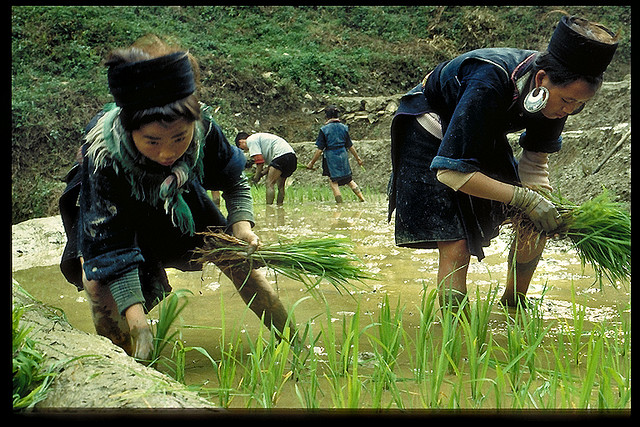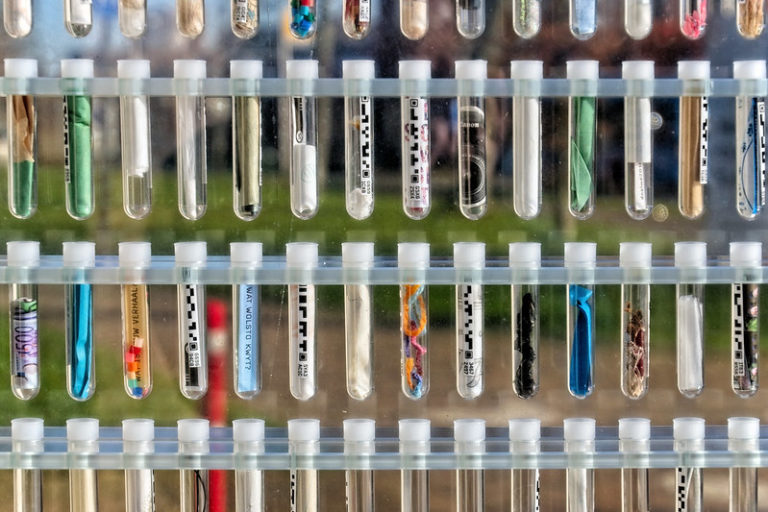Some states organize the loss of information
In theory, a patent means transparency of information on the patented invention. However, when it comes to the Living, some countries are trying to oppose requests to make mandatory the disclosure of information that would make it possible to trace a patent. The reason given is the protection of industrial secrecy. Is it not also because the scope of such a patent would thus be restricted to only the organisms resulting from the patented invention ?
To obtain a patent on a living organism or its components, three elements are of primary importance : the base material, the technical protocol of the « invention » and the patent application. In the field of the living, one criterion that makes the patent commercially interesting is the ability of living organisms to reproduce and, therefore, the extension of the scope of the patent to any organism resulting from the reproduction of the patented organism. But the patent holder sometimes tries to extend the scope of the patent to any biological material expressing the patented characteristic, even if it is not derived from the patented invention. A patent obtained on a particular corn is even more attractive if it can cover any other corn containing the same characteristic as the patented one. Several governments are working to legally lose the information that could be used to trace any information about the origin of the material behind a patent, providing greater room for manoeuvre to patent holders.
Digitized genetic sequences, the start of the chain
The base material of an « invention » can be plant, animal or micro-organism. The recent development of sequencing techniques has made it possible to multiply the number of genome sequencing projects for a growing number of these organisms. The sequences obtained are recorded in private or public computer databases. However, the legal status of these digital genetic sequences (DSI) is the subject of bitter negotiations within the Convention on Biological Diversity (CBD), the United Nations Convention on the Law of the Sea, the FAO, the ITPGRFA, the WHO or the WTO.
At the CBD, the stumbling block among governments is whether or not these DSI are genetic resources subject to the Convention’s obligations. More simply, from a legal point of view, do these digitized genome sequences or parts of genomes have nothing to do with the organism from which they are derived ? This is an important question because the use of organisms coming from biodiversity is governed by rules ranging from the prohibition of patenting natural organisms to the prior agreement of the country of origin of the resource and the obligation to share with this country the financial benefits made from the exploitation of this organism. Within the CBD, a group of countries including Europe, the United States, Canada and Japan believe that these DSI are not equivalent to genetic resources. Therefore, accessing and using them should not be subject to the international rules established by the Nagoya Protocol [1]. A second group of countries, including Argentina, Brazil, India, Colombia, Iran and the African Union, considers that DSI are equivalent to genetic resources and should be subject to the same rules. The next discussions between these states will include a decision to ask the United Nations General Assembly to establish an intergovernmental committee to negotiate a legally binding instrument governing access to information on the digital sequences of genetic resources and the sharing of benefits arising from them [2].
If DSI are not genetic resources and their origin is not indicated, then the databases containing them will be open catalogs for whoever has the means to exploit them, without any obligation to share the benefits and implying a more difficult traceability of the patents granted.
The new GMOs, the « technical » stage
Another step in the traceability of an « invention » is the techniques used to modify the genome of an organism. The European GMO legislation requires that a method of detection and traceability of any regulated GMO be provided before any authorization. Above all, a label specifying the presence of GMOs or products obtained from GMOs provides information to the consumer, but also to the various professionals in a processing chain.
However, with the new techniques of genetic modification, the European Commission defends the idea that several of these techniques would result in untraceable products, even though several scientific publications state the opposite [3]. After opposing any work by its experts until 2018, it now wishes to propose a possible new regulatory framework [4]. Although several Member States have reminded the Commission of the crucial importance of consumer information, it is likely that the forthcoming proposal will no longer require the provision of methods of detection, distinction and traceability, nor « GMO » labeling. This would mean losing information on the technical origin of a particular patented biological product.
Patents, the culmination of a lack of information
A patent issued on all or part of an organism is another possible tool of information about the origin of that organism used. In 2019, the World Intellectual Property Organization (WIPO) incorporated new rules that aim to inform from which living organism one or some genetic sequences come [5]. But these rules are not retroactive, leaving sequences registered before without this information.
Above all, WIPO does not require any information on the geographical or numerical origin of the living organism whose genome has been collected and sequenced. On this point, discussions are taking place within the WIPO Intergovernmental Committee on Intellectual Property and Genetic Resources, Traditional Knowledge and Folklore. Their objective, as proposed by some countries, is to require patent applicants to disclose the source or origin of the base material used in their « invention ».
On this proposal, WIPO sees two opposing camps. One, with countries from Asia, Africa or South America, is asking that the geographical origin of the living organism or the material used must be indicated. The other, with the same countries opposed to DSI being considered as genetic resources, refuses to make information on the geographical origin of the material used mandatory.















